Home>Furniture>Outdoor Furniture>How To Measure For Patio Doors
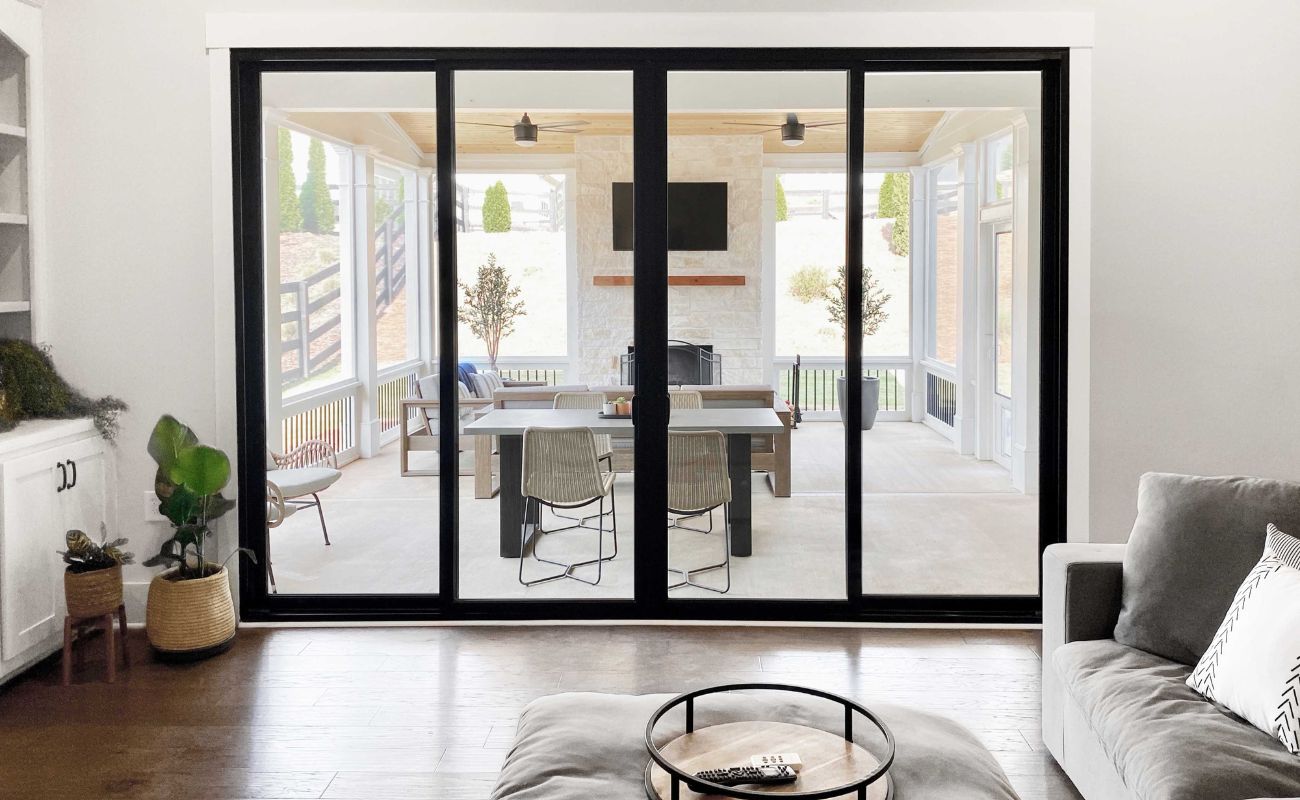

Outdoor Furniture
How To Measure For Patio Doors
Modified: March 15, 2024
Learn how to accurately measure for patio doors for your outdoor furniture projects. Ensure a perfect fit with our step-by-step guide.
(Many of the links in this article redirect to a specific reviewed product. Your purchase of these products through affiliate links helps to generate commission for Storables.com, at no extra cost. Learn more)
Introduction
Welcome to our comprehensive guide on how to measure for patio doors. Choosing the right patio door for your outdoor space is essential for both functionality and aesthetics. Whether you’re upgrading an existing door or installing a new one, accurate measurements are crucial to ensure a proper fit.
By following the steps outlined in this article, you’ll be able to confidently measure for patio doors and make an informed decision when purchasing. So, let’s get started!
Key Takeaways:
- Measure accurately for a perfect patio door fit. Use tools like a tape measure and level, and check for squareness to avoid installation headaches.
- Ensure proper clearance and accessibility for a seamless transition between indoor and outdoor spaces. Consider swing space and accessibility requirements for a functional patio door.
Read more: How To Measure Blinds For Patio Door
Step 1: Gathering the necessary tools
Before you begin measuring for your patio doors, it’s important to gather the necessary tools to ensure accuracy. Here’s a list of items you’ll need:
- Tape measure: A retractable tape measure with both imperial and metric measurements is recommended.
- Pencil and paper: These will be useful for recording your measurements.
- Safety goggles: It’s always a good idea to protect your eyes when measuring and handling materials.
- Level: A level tool helps determine if surfaces are horizontal or vertical.
- Step ladder: Depending on the height of the patio door, you may need a step ladder to reach certain areas.
Having these tools ready will ensure a smooth and accurate measuring process, allowing you to take precise measurements for your patio doors.
Step 2: Taking measurements for the patio door width
Now that you have the necessary tools, it’s time to start measuring the width of your patio door. Follow these steps:
- Clear the area: Remove any obstacles in front of the patio door to ensure an unobstructed measuring process.
- Measure the inside frame: Start by measuring the width of the inside frame where the door will be installed. Measure from the left side to the right side, and record the measurement in both inches and centimeters.
- Measure the outside frame: Next, measure the width of the outside frame. This includes any trim or molding around the door. Again, record the measurement in both inches and centimeters.
- Take note of the narrowest measurement: Compare the measurements from steps 2 and 3 and note the narrowest measurement. This will ensure that you have the correct width for your patio door.
Remember to measure at multiple points across the width to ensure accuracy, as some door frames may not be perfectly straight. Once you have the correct width measurement, you can proceed to measuring the height of your patio door.
Step 3: Measuring the patio door height
With the width measurement complete, it’s time to move on to measuring the height of your patio door. Follow these steps:
- Clear the area: Ensure that the area around the patio door is clear of any obstructions, just like in the previous step.
- Measure the inside frame: Start by measuring the height of the inside frame where the door will be installed. Measure from the top of the frame to the bottom, and record the measurement in both inches and centimeters.
- Measure the outside frame: Next, measure the height of the outside frame, including any trim or molding. Again, record the measurement in both inches and centimeters.
- Take note of the shortest measurement: Compare the measurements from steps 2 and 3 and note the shortest measurement. This will ensure that you have the correct height for your patio door.
As with the width measurement, it’s important to measure at multiple points along the height to account for any unevenness in the doorframe. By taking accurate height measurements, you’ll be well-prepared to find a properly fitting patio door.
Step 4: Determining the door frame depth
In addition to the width and height measurements, it’s essential to determine the door frame depth to ensure a proper fit for your patio door. Follow these steps:
- Locate the door jamb: The door jamb is the vertical part of the door frame where the door will be attached. Identify the door jamb on both sides of the door opening.
- Measure the door jamb width: Using your tape measure, measure the width of the door jamb from front to back. This will determine the depth of the door frame and help you choose a door that fits snugly within the space.
- Make a note of the measurement: Record the door jamb width in both inches and centimeters. This measurement will be crucial when selecting the right patio door.
By accurately determining the door frame depth, you’ll ensure that the patio door you choose not only fits the width and height requirements but also fits securely within the frame, providing proper insulation and security.
When measuring for patio doors, always measure the width and height of the door frame at three different points to ensure accuracy. Use the smallest measurement to ensure the door will fit properly.
Read more: How To Install Blinds On A Door
Step 5: Checking for squareness
Before finalizing the measurements for your patio door, it’s vital to check if the door opening is square. A square opening ensures the door will fit properly and open and close smoothly. Follow these steps to check for squareness:
- Measure the diagonal lengths: Start by measuring the diagonal lengths of the door opening. Measure from one top corner to the opposite bottom corner, and from the other top corner to the opposite bottom corner. Be sure to record both measurements.
- Compare the diagonal measurements: Compare the two diagonal measurements. If they are equal, then the door opening is square. However, if the measurements differ, it indicates that the door opening is not square.
- Calculate the variance: Calculate the variance between the two diagonal measurements by subtracting the smaller measurement from the larger one. The resulting value represents the degree of out-of-squareness.
- Consider the degree of out-of-squareness: A slight variance of a few millimeters is usually acceptable and can be adjusted during installation. However, a significant difference may require additional measures, such as shimming or reframing, to create a square opening.
It’s important to ensure that the door opening is square to prevent any gaps or binding issues with the patio door. If you find that your door opening is not square, it’s advisable to consult a professional for guidance on how to proceed with installation.
Step 6: Confirming the rough opening size
Once you have completed the previous steps and ensured that the door opening is square, the next step is to confirm the rough opening size. The rough opening size refers to the total space needed to accommodate the patio door, including the door frame and any required clearance. Follow these steps to confirm the rough opening size:
- Measure the width: Measure the width of the door opening from one side stud to the opposite side stud. This measurement should include any additional space needed for the door frame and clearance on each side.
- Measure the height: Measure the height of the door opening from the top header to the bottom sill. Again, this measurement should include any additional space needed for the door frame and clearance at the top and bottom.
- Double-check the measurements: Review the width and height measurements to ensure accuracy. Take note of any irregularities or adjustments needed.
Confirming the rough opening size is crucial in selecting the right patio door. It ensures that the door will fit properly within the space and allows for proper installation and functionality.
Step 7: Ensuring proper clearance and accessibility
The final step in measuring for patio doors is to ensure there is proper clearance and accessibility. This step is important for the functionality and ease of use of your patio door. Follow these steps:
- Check for obstructions: Assess the area surrounding the patio door opening. Look for any obstructions such as furniture, light fixtures, or objects that may impede the door’s operation.
- Measure the swing space: Determine the direction in which the door will swing (inward or outward) and measure the necessary swing space. Measure the space required for the door to open fully without hitting any nearby walls or objects.
- Assess accessibility requirements: Consider any specific accessibility requirements, such as wheelchair access or compliance with local building codes. Ensure that the patio door meets the necessary standards for accessibility.
- Check for adequate clearance: Verify that there is sufficient clearance between the top of the door frame and the ceiling, as well as between the bottom of the door and the floor. This ensures the smooth operation of the door and prevents any dragging or scraping.
By ensuring proper clearance and accessibility, you guarantee that your patio door can be used comfortably and without any hindrances. This step helps create a seamless transition between your indoor and outdoor spaces.
Conclusion
Congratulations! You have successfully learned how to measure for patio doors. By following the step-by-step guide provided in this article, you are well-equipped to accurately measure the width, height, and depth of your door frame, ensuring a proper fit for your patio door.
Remember, accurate measurements are essential for finding the right patio door that not only complements your outdoor space but also provides functionality and durability. Taking the time to measure properly will save you from potential headaches and ensure a hassle-free installation process.
Additionally, don’t forget to check for squareness, confirm the rough opening size, and ensure proper clearance and accessibility. These final steps help guarantee that your patio door opens and closes smoothly, and that it meets any necessary accessibility requirements.
Now that you have the measurements in hand, you can confidently shop for patio doors or consult with a professional for advice. Remember to consider factors such as material, style, energy efficiency, and security when choosing your patio door.
By taking the time to measure accurately and select the right patio door, you can create a welcoming and functional outdoor space that enhances the beauty and enjoyment of your home.
Happy measuring and best of luck with your patio door project!
Frequently Asked Questions about How To Measure For Patio Doors
Was this page helpful?
At Storables.com, we guarantee accurate and reliable information. Our content, validated by Expert Board Contributors, is crafted following stringent Editorial Policies. We're committed to providing you with well-researched, expert-backed insights for all your informational needs.
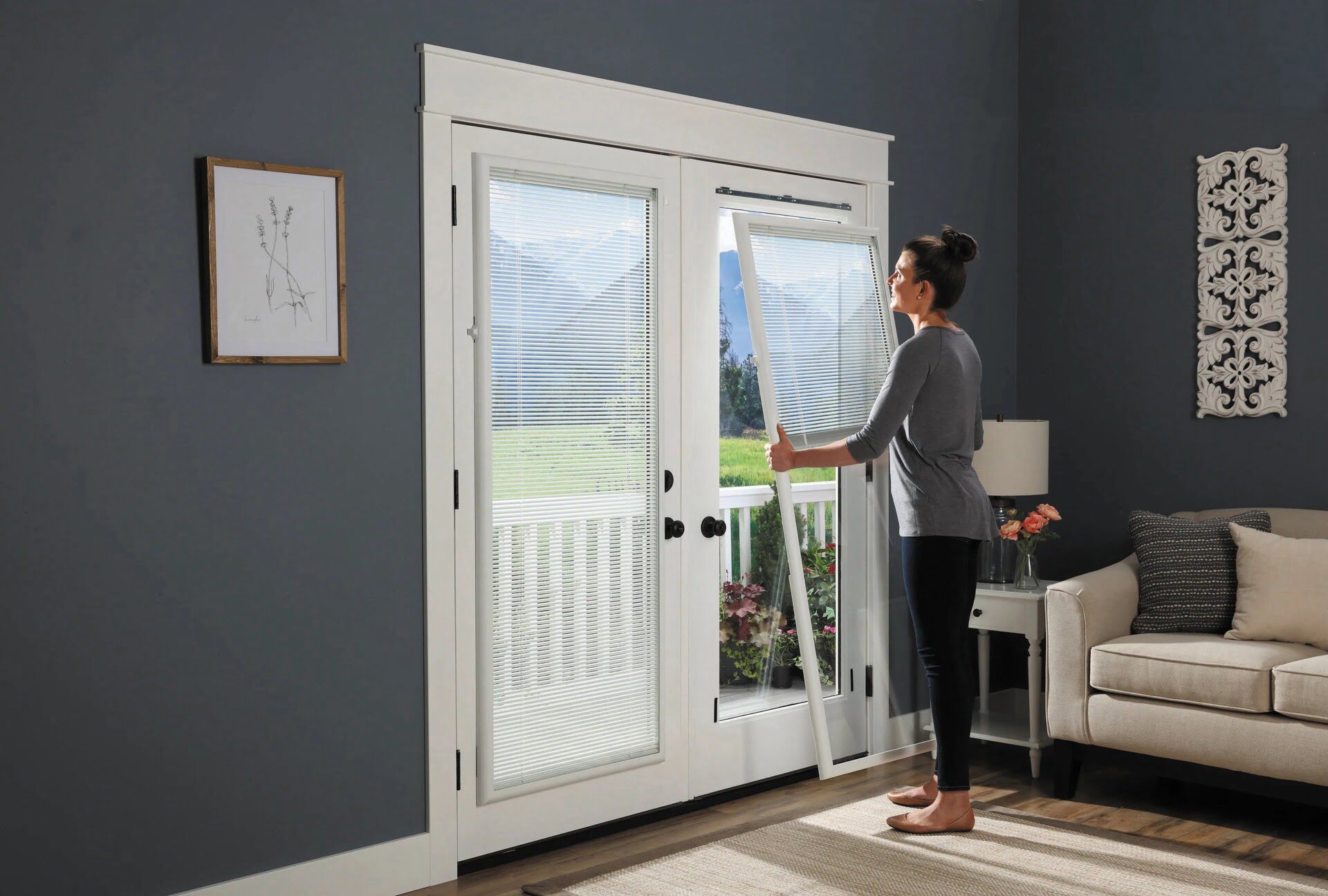
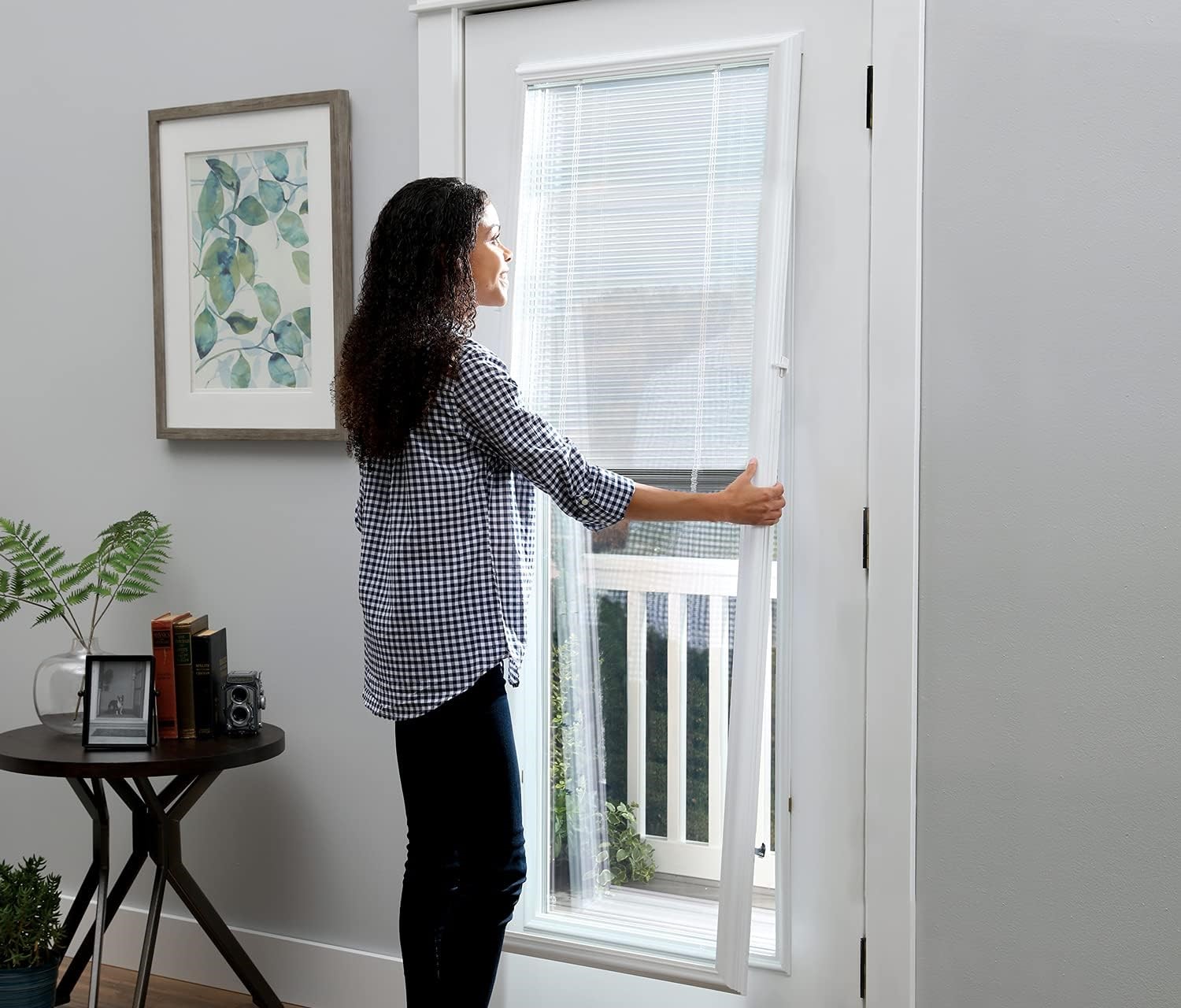


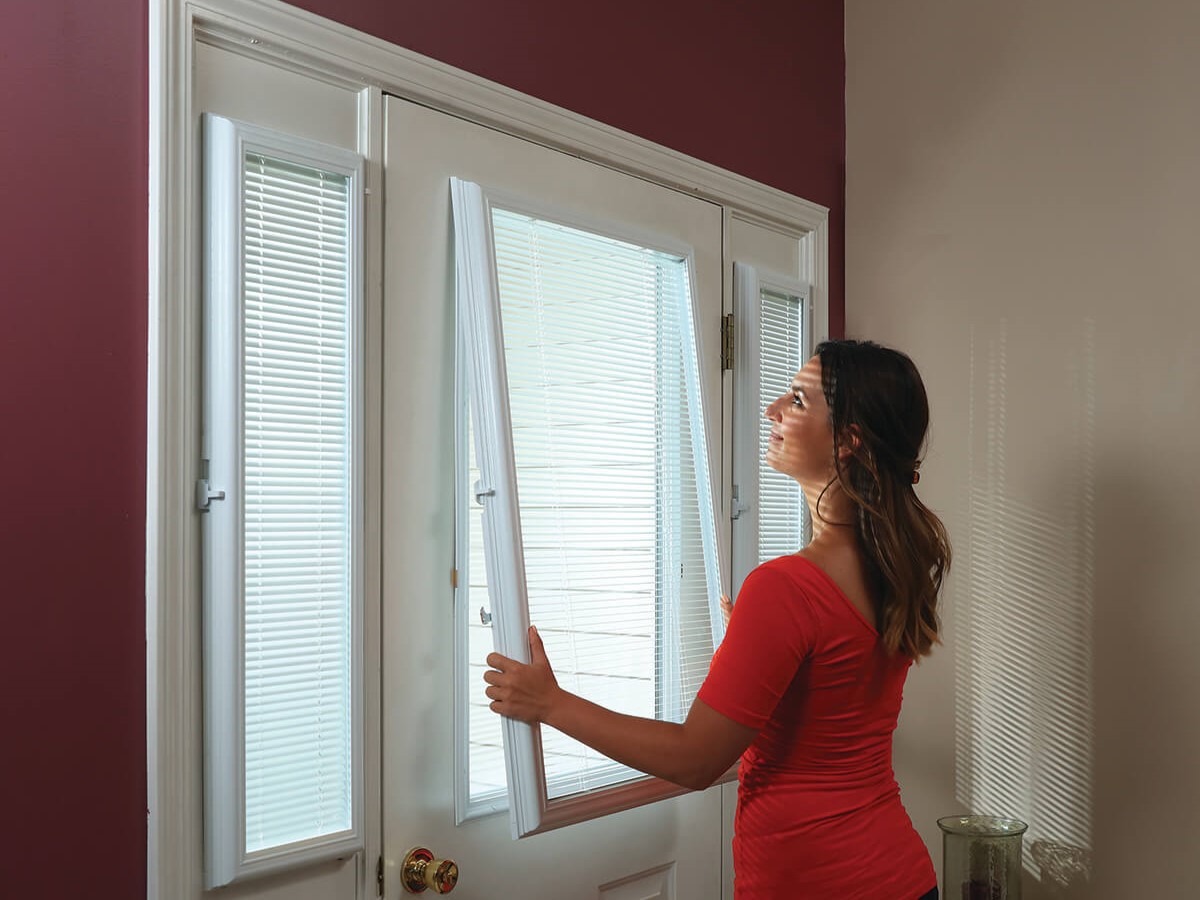
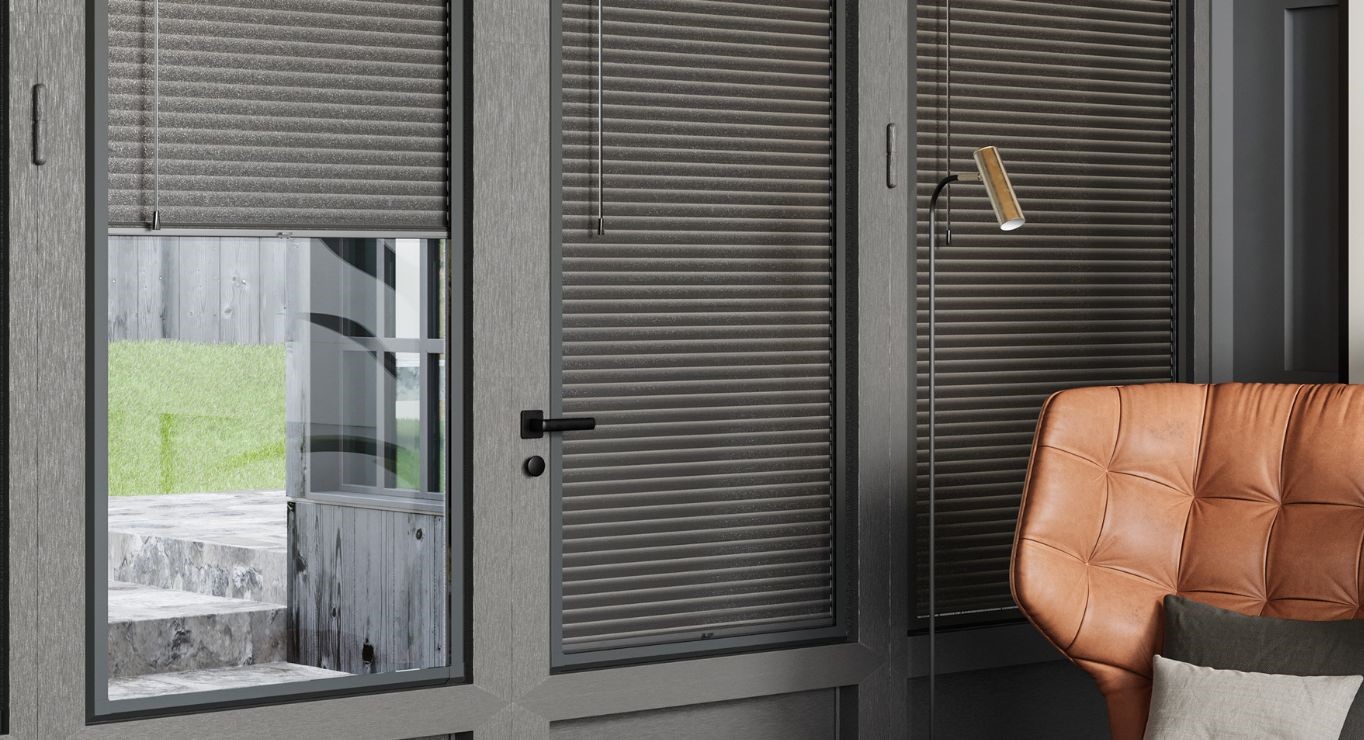
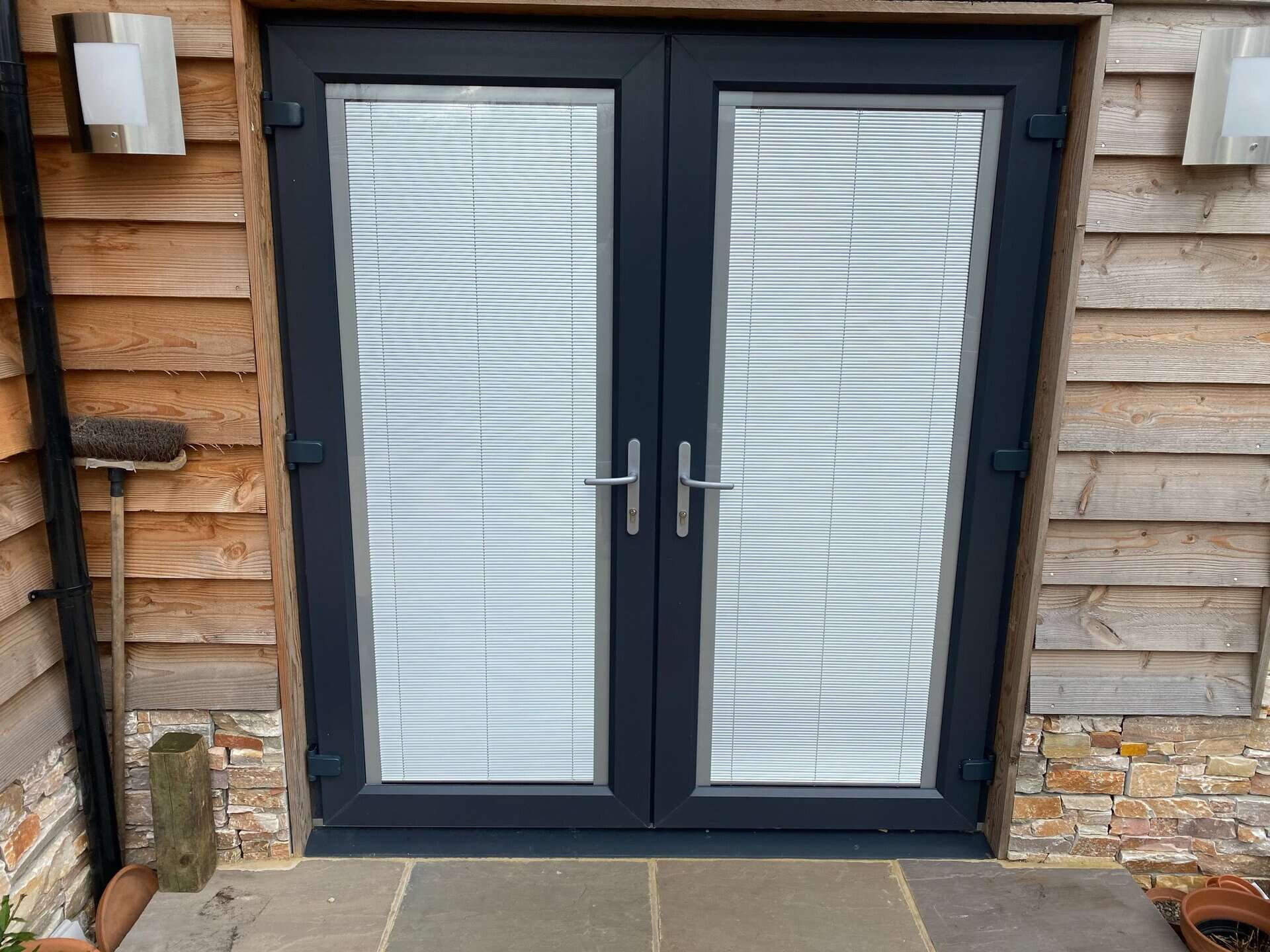
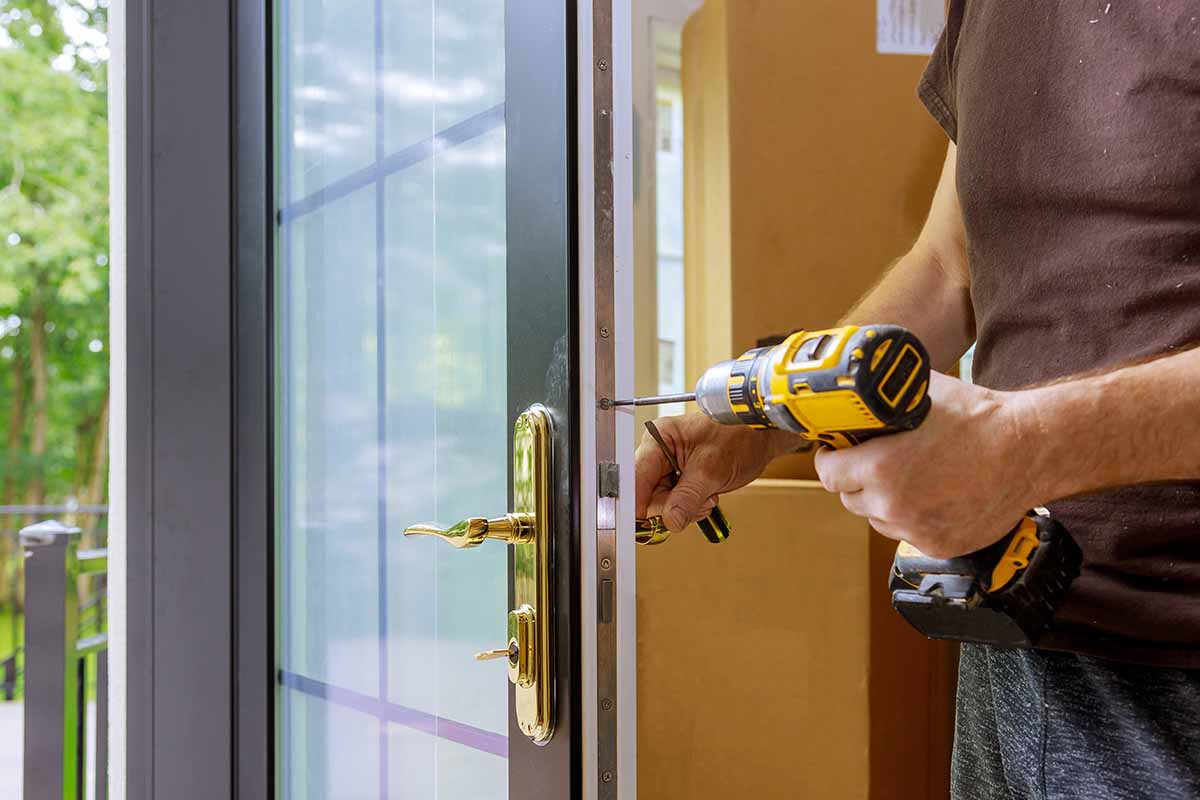
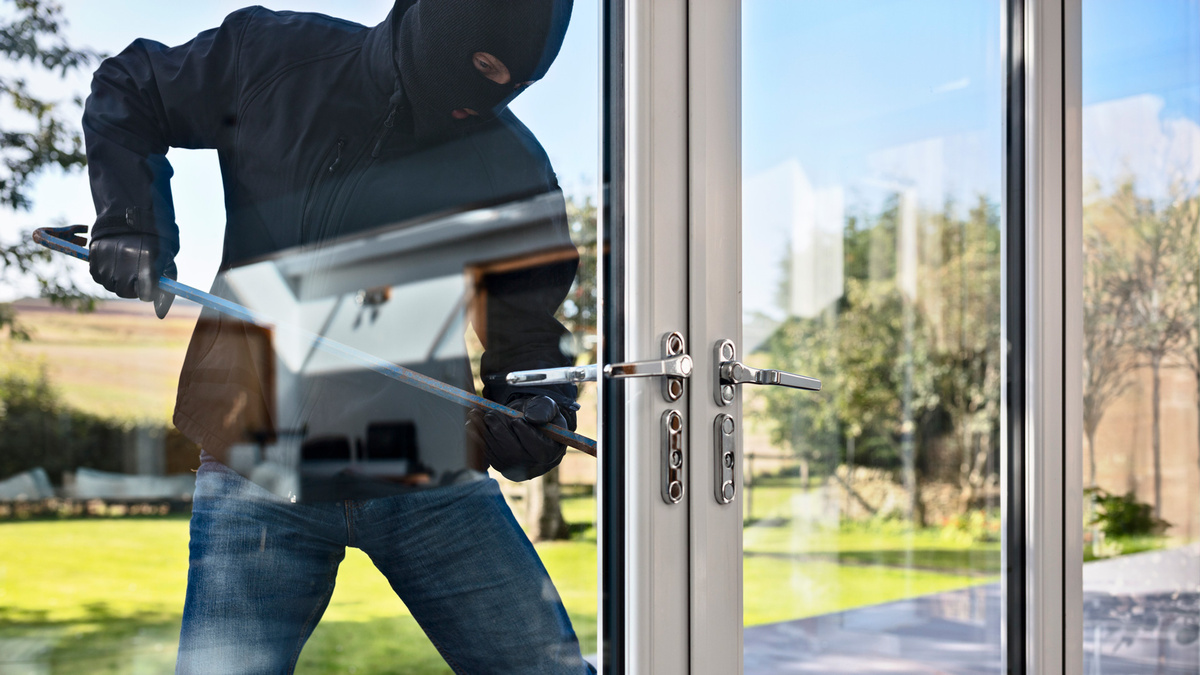
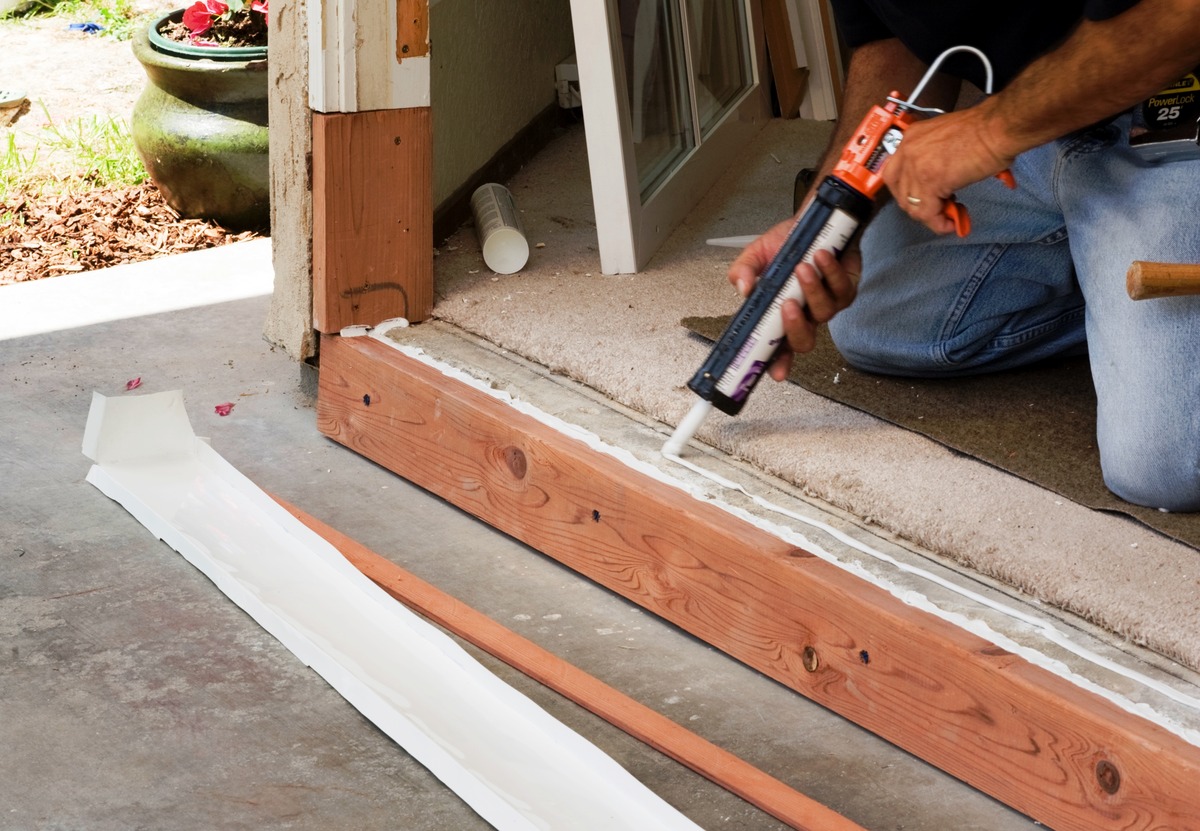
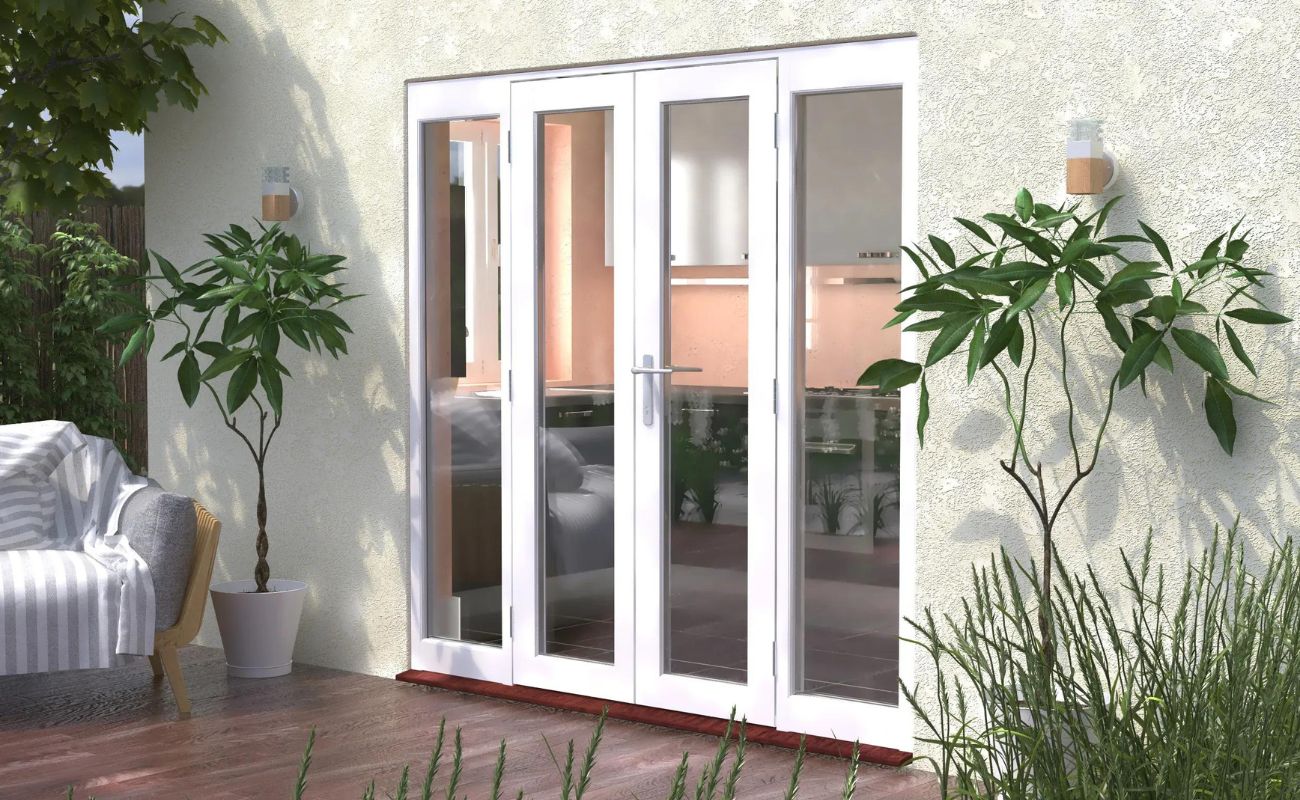
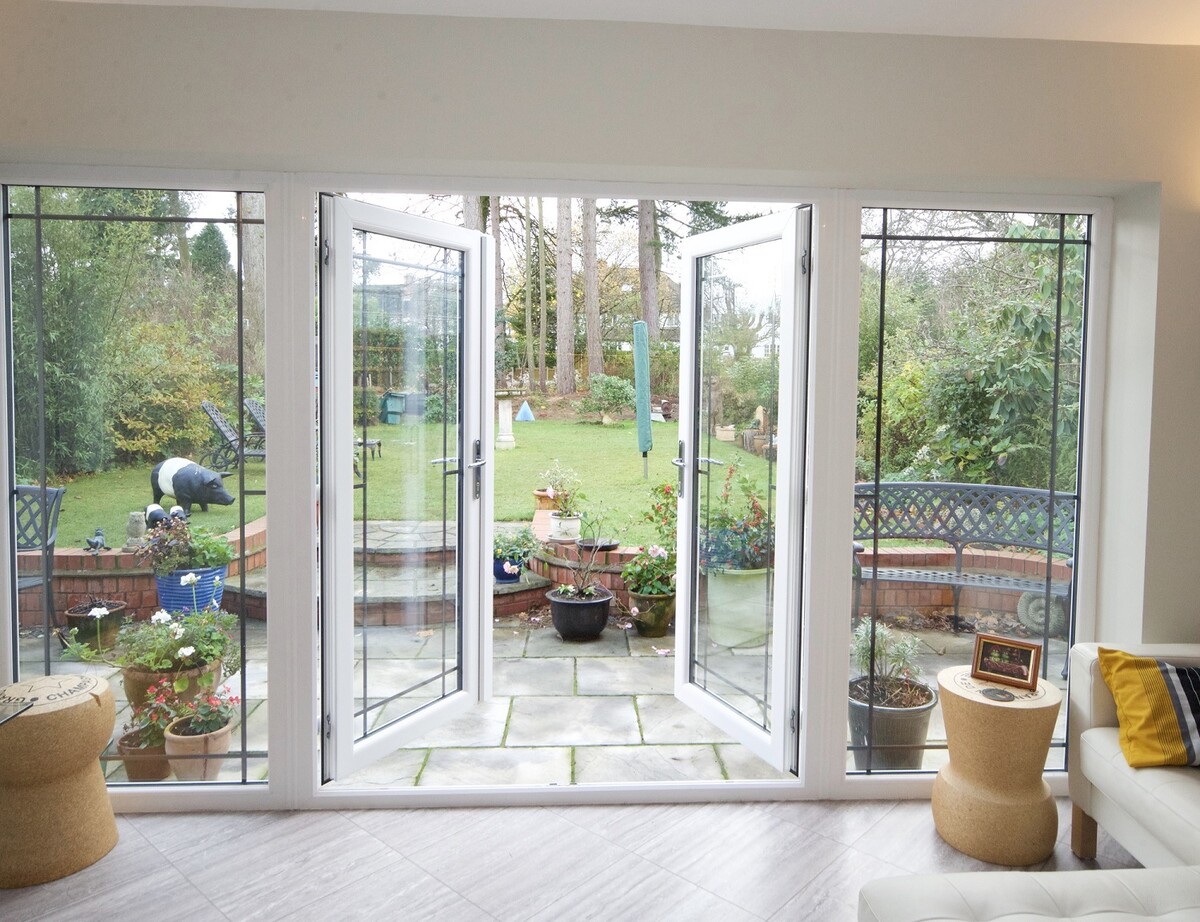
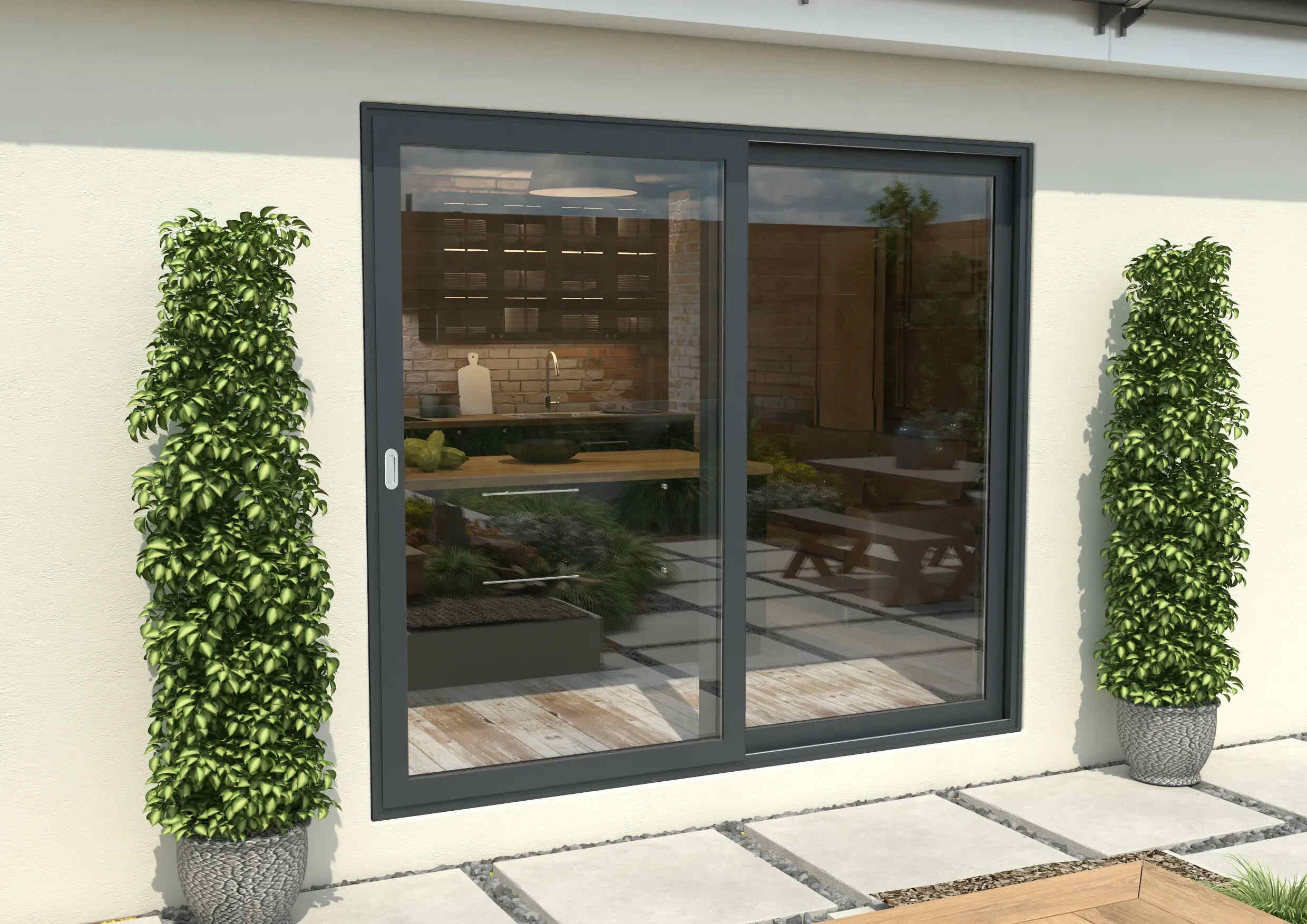
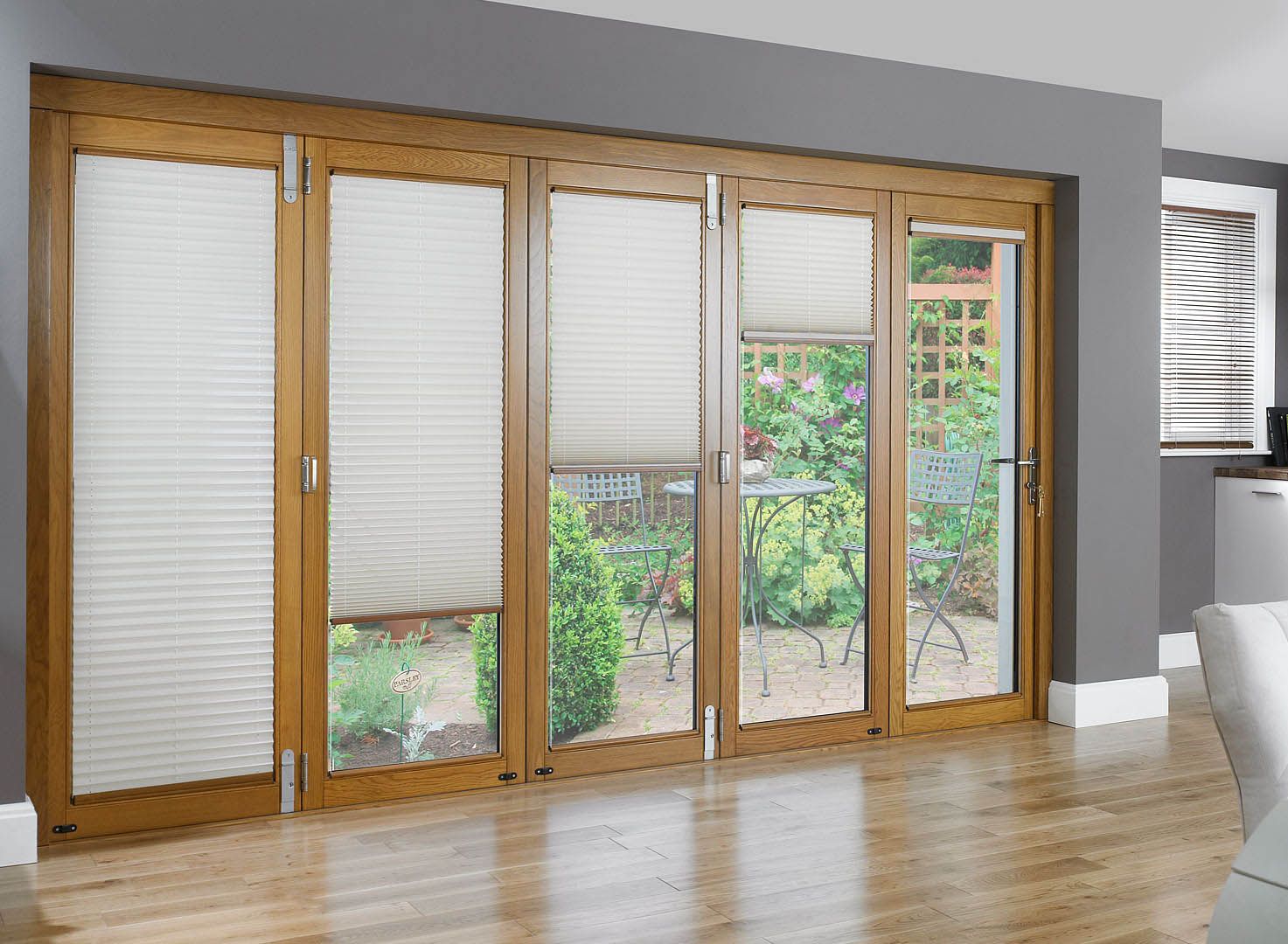

0 thoughts on “How To Measure For Patio Doors”